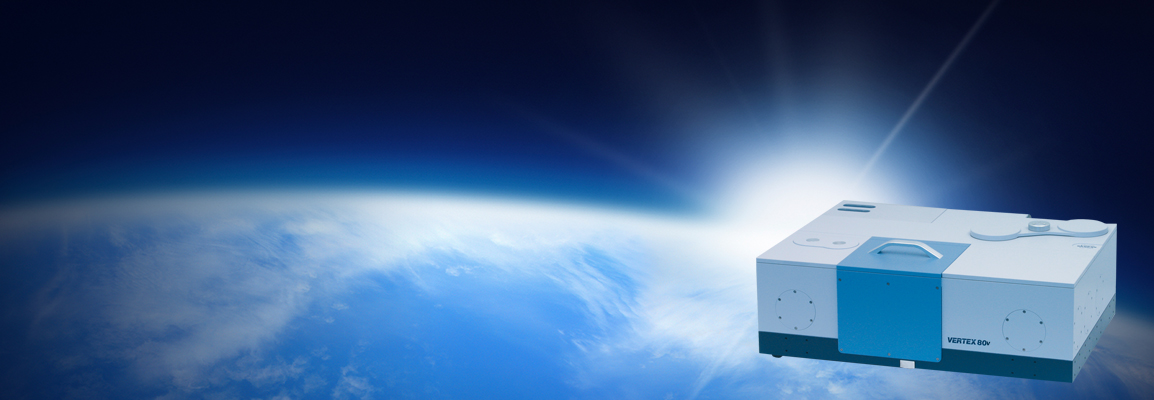Vacuum benefits for high-end research using FT-IR techniques
Atmospheric disturbance is a major problem in Fourier-transform infrared (FT-IR) spectroscopy. The different vibrational modes of water vapour and carbon dioxide in a laboratory atmosphere have their absorption bands in the whole mid infrared and far infrared (FIR) spectral range. This reduces instrument sensitivity and stability and can even mask relevant spectral features of the sample. Common approaches to reducing these effects are drying, purging or retroactive compensation by data manipulation. To solve the problem at the root, is to not only keep water and CO2 content constant, but to eliminate it by evacuation of the whole beam path.
In this webinar, Dr. Xia Stammer, FT-IR application scientist at Bruker Optics, will describe how a vacuum not only terminates the water lines, but essentially increases stability, sensitivity, reproducibility, and thus the overall performance of the spectrometer. This is of great importance for many high-end research applications such as FIR/THz spectroscopy, catalysis, surface analysis, emission, low-temperature spectroscopy, material research, solid state physics, and optronics.
Key Learning Objectives
- Find out how your research will benefit from FT-IR vacuum spectrometers
- Learn about many practical examples from various demanding research fields
- Understand the basic working principle of the Step Scan technique
Who Should Attend
- Ph.D. students, post-docs, and professors
- University staff and students
- Research institution staff and project leaders
- Physicists and materials scientists
- Catalysis researchers
- Professionals in semiconductor R&D
- Enthusiastic FT-IR spectroscopists
Certificate of Attendance
All webinar participants can request a certificate of attendance, including a learning outcomes summary, for continuing education purposes.
Dr. Xia Stammer
Application Scientist FT-IR
Bruker Optics
